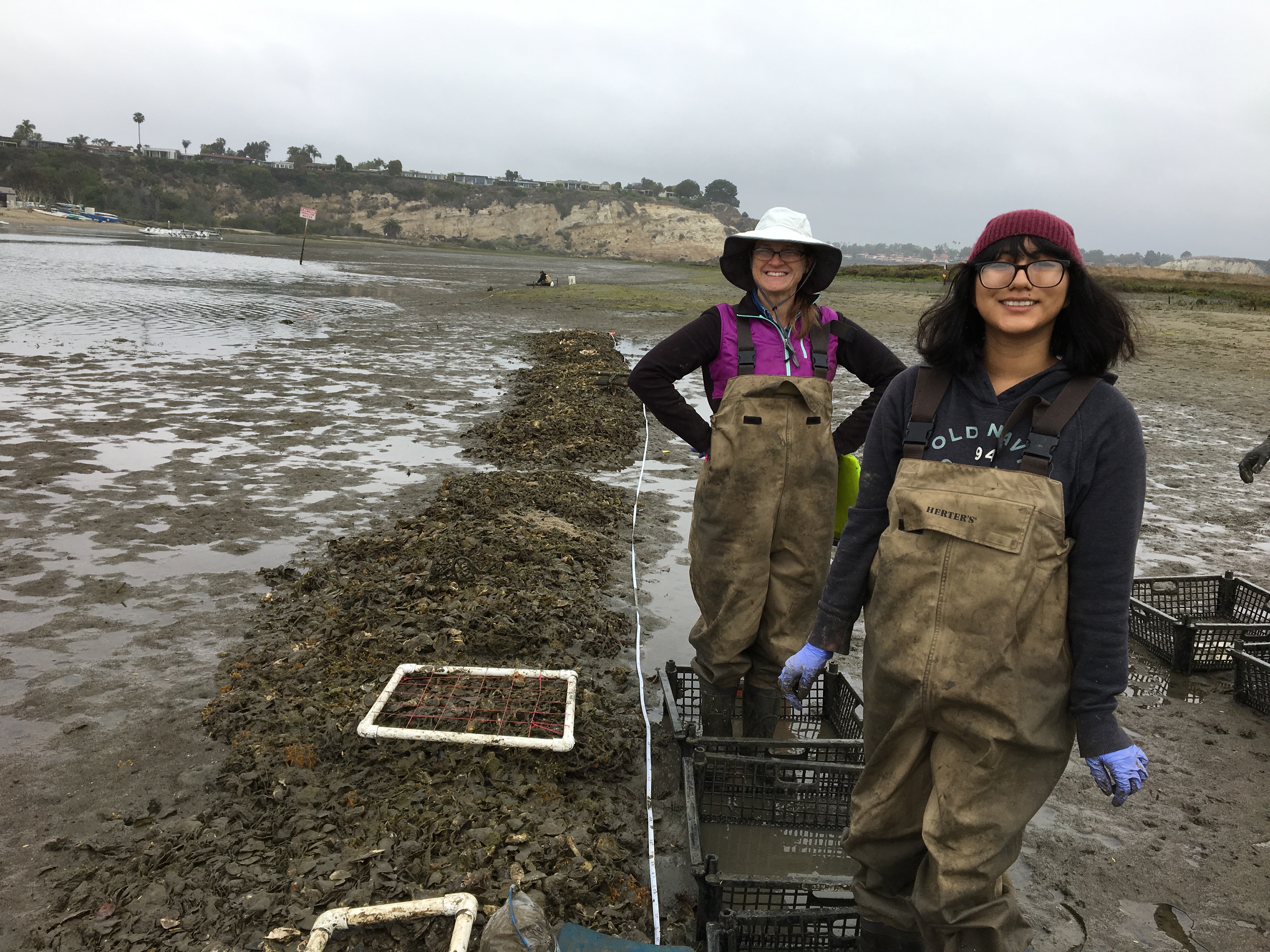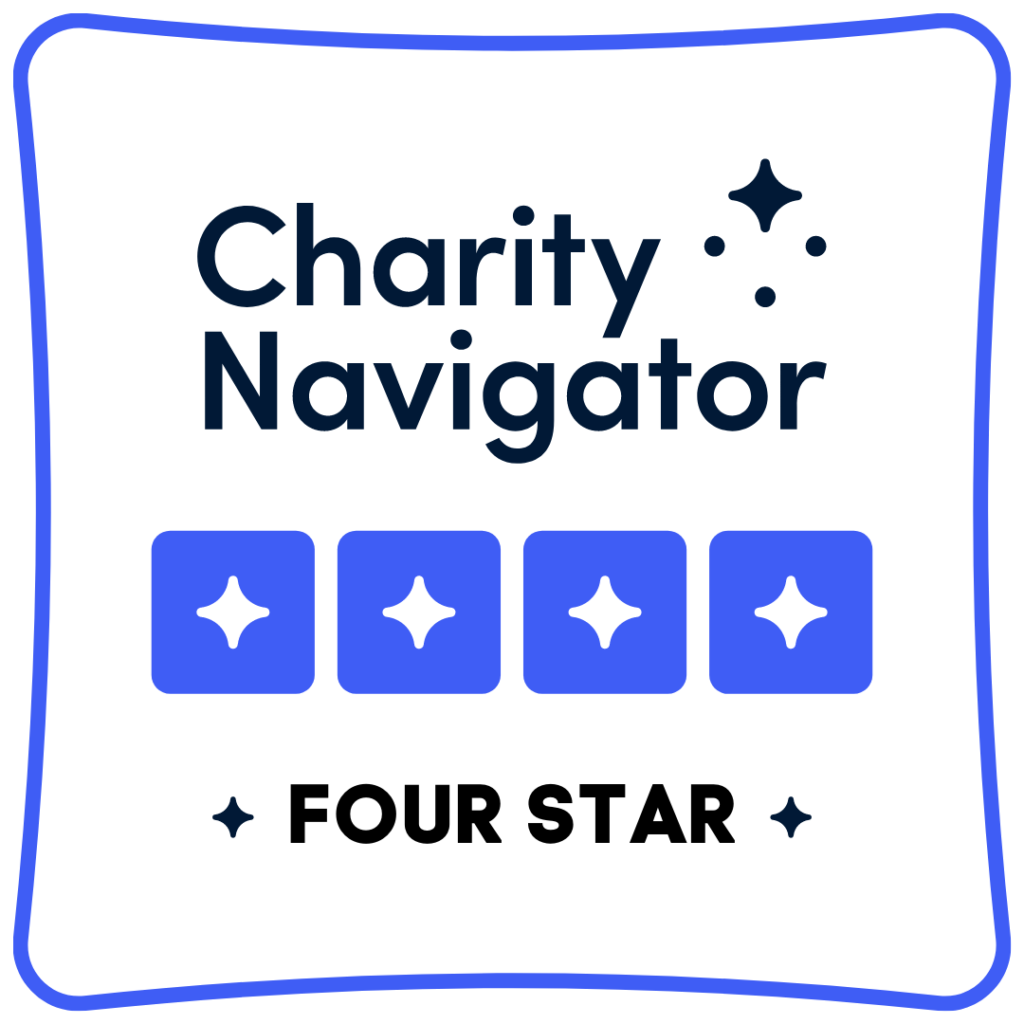What are Living Shorelines?
These projects use the strategic placement of natural materials, such as vegetation and shellfish, to create an environmentally friendly buffer that protects coastlines from erosion and wave energy. For our Living Shorelines projects, we use common eelgrass (Zostera marina) and Olympia oysters (Ostrea lurida). Learn more about these native species below.
Why This Matters
Tidal shorelines face erosion from natural forces like wind and waves, which can be intensified by rising seas and recreational activities such as high-speed boating. Living Shorelines projects are green infrastructure alternatives to traditional gray infrastructure solutions like bulkheads and revetments. These conventional methods offer short-term protection but can harm shallow tidal zones and lack habitat value.
As climate change continues to threaten our coast, innovative ideas like Living Shorelines projects that can help stabilize sediment, reduce flooding threats, and provide other ecosystem services are critically important.
Video: Preserving Our Shorelines
A video made by one of our supporters, The Honda Marine Science Foundation, documents our passionate team of researchers and volunteers, including collaborators from California State University Fullerton and California State University Long Beach, who are working to restore oyster and eelgrass habitats to protect Southern California’s shoreline.
Benefits of Living Shorelines
- Improves water quality by improving natural water filtration
- Provides shallow water habitat for diverse assemblages of animals and plants
- Absorbs wave energy to protect the shallow sub-tidal zone and underwater grasses
- Returns habitat connectivity between terrestrial and subtidal communities

Upper Newport Bay Project
Coastkeeper, in partnership with California State University Fullerton and California State University Long Beach are conducting a new restoration project which targets the native Olympia oyster, Ostrea lurida, and native eelgrass, Zostera marina, in an innovative integrated approach in Newport Beach, California. We plan to harness the sediment stabilization characteristics of each to counteract shoreline erosion and provide other critically needed environmental and economic benefits.
Orange County Coastkeeper predicts this dual restoration approach will provide exponentially greater protection than individual restoration, as well as greater ecosystem and economic benefits than currently used man-made erosion prevention structures. We began implementation of the project in the summer of 2016 in Upper Newport Bay.
Funding provided by:
The California State Coastal Conservancy, The US Fish and Wildlife Service, Pacific Marine and Estuarine Fish Habitat Partnership, and the Honda Marine Science Foundation
Eelgrass Site Maps
Alamitos Bay Project
Coastkeeper, in partnership with California State University, Fullerton and California State University, Long Beach, have implemented the Jack Dunster Marine Reserve Living Shorelines Project. This restoration effort focuses on enhancing native marine species, particularly the Olympia oyster (Ostrea lurida) and native eelgrass (Zostera marina), in Alamitos Bay, Long Beach, California. By harnessing the sediment-stabilizing characteristics of both species, the project aims to mitigate shoreline erosion and deliver ecological benefits in this highly urbanized coastal area.
Initial efforts began in 2012-2014 with the installation of a demonstration oyster bed, which raised public awareness and provided educational outreach. This project has since been the foundation of multiple academic research projects. From 2018-2019, the oyster bed was reconstituted with additional shell material to restore 0.02 acres of habitat, providing shelter for marine life and improving water clarity for adjacent eelgrass beds.
The project offers a community-driven approach to marine habitat restoration, fostering public engagement and educational opportunities for local schools and the community. The long-term goal is to restore Olympia oyster beds that support higher native oyster densities than surrounding areas, monitor changes in biodiversity, and maintain a healthy shell cover.
Funding provided by:
NOAA Restoration Center, California State Coastal Conservancy, CSU Fullerton Dept. of Biological Science, Zucchero Management, Inc., and The Council on Ocean Affairs, Science and Technology (COAST)
Seal Beach National Wildlife Refuge

The Seal Beach National Wildlife Refuge Living Shorelines Restoration Project aims to enhance coastal resilience and biodiversity by implementing living shorelines to combat erosion and restore critical habitat. Coastkeeper and its partners were approached about this project by U.S. Navy personnel, U.S. Fish and Wildlife personnel, and Huntington Harbour residents.
By mimicking natural habitat features, such as oyster reefs, the project aims to increase wetland acreage and restore ecosystem functions, contributing to long-term resilience of the estuarine ecosystem. This project focuses on the rehabilitation of salt marsh ecosystems and critical native species, particularly Olympia oysters (Ostrea lurida), pickleweed (Salicornia pacifica), and Pacific cordgrass (Spartina foliosa). Drawing on the success of previous living shoreline projects and partnerships with CSU Fullerton and CSU Long Beach, the project utilizes best-available science and practices to guide implementation, ensuring the effectiveness and sustainability of restoration efforts.
Community engagement for this project began in 2025 with the implementation of Shell Strings in Huntington Harbour. The Shell String Program offers a hands-on approach to oyster restoration, engaging local community members, organizations, and partners in the restoration efforts within Huntington Harbour.
Funding provided by:
National Fish and Wildlife Foundation, Amazon, Honda USA Foundation, and the Dorrance Family Foundation





